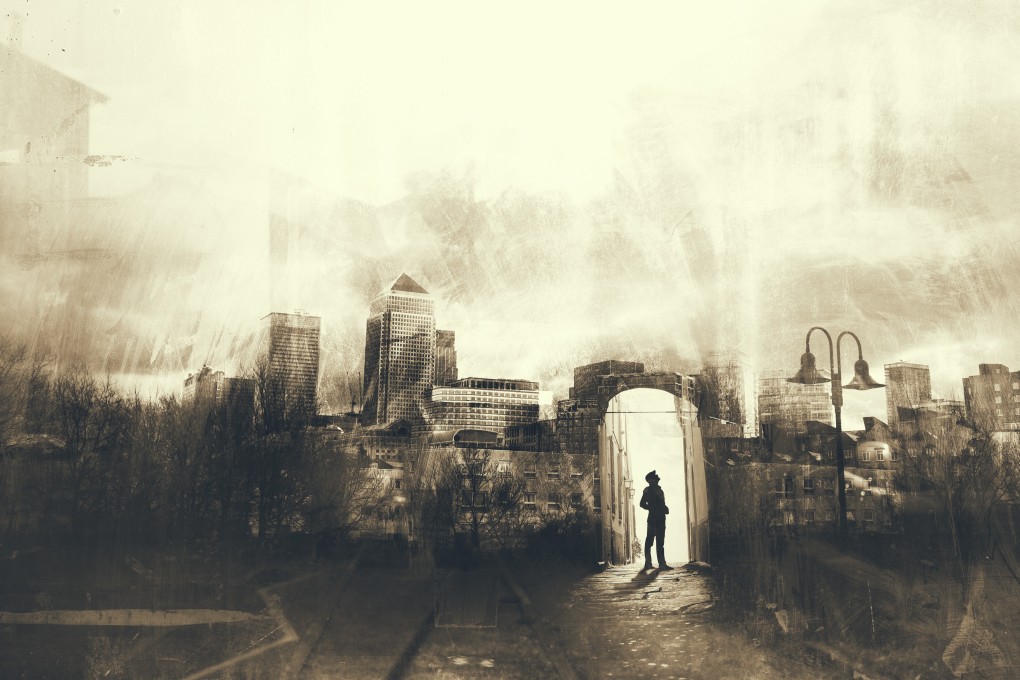What does our appetite for psychological thrillers say about the realities of the 21st century life?
- If Gothic novels reflected the revolutions of the era, does the contemporary concern for psychological thrillers mirror an increase in anxiety?

If one literary genre has defined the 21st century so far, it is surely the psychological thriller. This owes a great deal to blockbusters such as Gone Girl (2012), by Gillian Flynn, and Paula Hawkins’ The Girl on the Train (2015), whose vast global sales were quickly followed by mildly disappointing Hollywood films. These inspired a host of popular imitators, which as well as shamelessly plugging the word “Girl” into their titles, followed a similar formula:
1 Suspenseful stories packed with endless twists.
2 A crime, although law enforcement tends to be secondary.
3 Deceptively ordinary relationships (especially marriage, parenthood and small-town).
4 Every psychological state in the medical dictionary (paranoia, amnesia, agoraphobia and alcoholism are especially popular).
